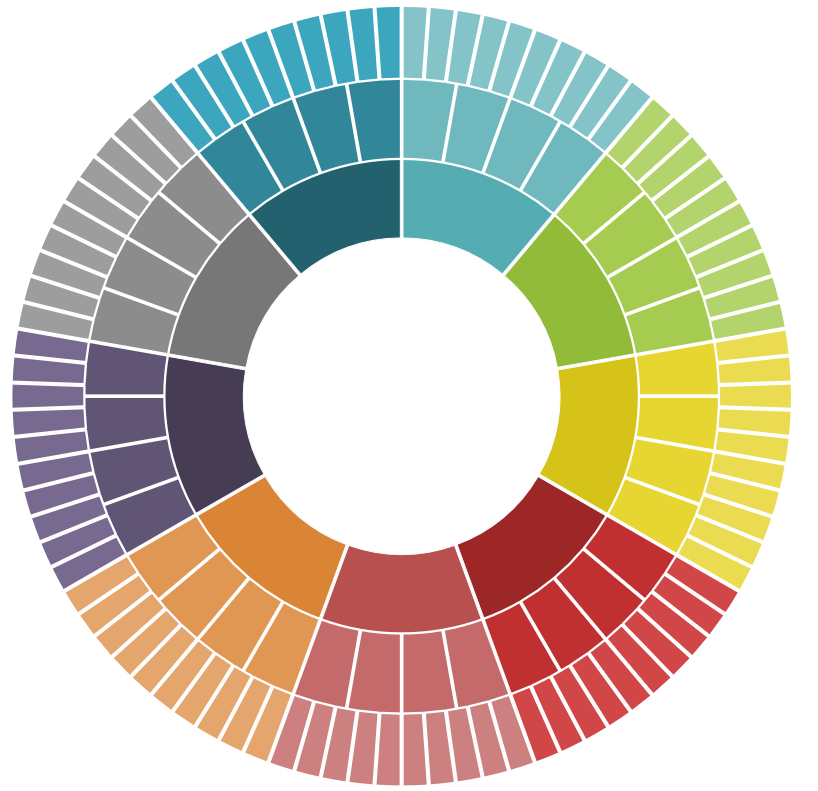Volltextsuche nutzen
- versandkostenfrei ab € 30,–
- 11x in Wien, NÖ und Salzburg
- 6 Mio. Bücher
- facultas
- Detailansicht

Model-Driven B2B Integration using UML
A three-layered Modeling Approach starting with Business Values over Business Processes to Deployment Artifacts

Taschenbuch
71,90€
inkl. gesetzl. MwSt.
Herstellung bei AnforderungVersandkostenfreibestellen in Österreich
Deutschland: € 10,00
EU & Schweiz: € 20,00
EU & Schweiz: € 20,00
In den Warenkorb
Click & Collect
Artikel online bestellen und in der Filiale abholen.
Derzeit in keiner facultas Filiale lagernd. Jetzt online bestellen!Artikel online bestellen und in der Filiale abholen.
Artikel in den Warenkorb legen, zur Kassa gehen und Wunschfiliale auswählen. Lieferung abholen und bequem vor Ort bezahlen.
Auf die Merkliste
Veröffentlicht 2009, von Marco Zapletal bei Südwestdeutscher Verlag für Hochschulschriften
ISBN: 978-3-8381-1051-6
156 Seiten
220 mm x 150 mm
Business-to-business (B2B) electronic commerce builds upon inter-organizational business processes that cross the borders of enterprises. Their design and implementation presupposes a different approach than intra-organizational processes do. Experience shows that bottom-up approaches starting from the IT layer of a single enterprise - expecting that all other business partners adjust to it - do ...
Beschreibung
Business-to-business (B2B) electronic commerce builds upon inter-organizational business processes that cross the borders of enterprises. Their design and implementation presupposes a different approach than intra-organizational processes do. Experience shows that bottom-up approaches starting from the IT layer of a single enterprise - expecting that all other business partners adjust to it - do not work out. Instead, a prolific B2B design approach must consider three layers in a top-down manner: Firstly, the economic perspective identifies the players and their value exchanges within a business network resulting in a business model. Secondly, business collaboration models specify the choreography of inter-organizational business processes in accordance with the business model. Finally, the business collaboration models are transformed to deployment artifacts to be interpreted by IT systems. In this PhD thesis, we propose a design approach for B2B integration based on the Unified Modeling Language (UML) considering all three layers.
Business-to-business (B2B) electronic commerce builds upon inter-organizational business processes that cross the borders of enterprises. Their design and implementation presupposes a different approach than intra-organizational processes do. Experience shows that bottom-up approaches starting from the IT layer of a single enterprise - expecting that all other business partners adjust to it - do not work out. Instead, a prolific B2B design approach must consider three layers in a top-down manner: Firstly, the economic perspective identifies the players and their value exchanges within a business network resulting in a business model. Secondly, business collaboration models specify the choreography of inter-organizational business processes in accordance with the business model. Finally, the business collaboration models are transformed to deployment artifacts to be interpreted by IT systems. In this PhD thesis, we propose a design approach for B2B integration based on the Unified Modeling Language (UML) considering all three layers.
